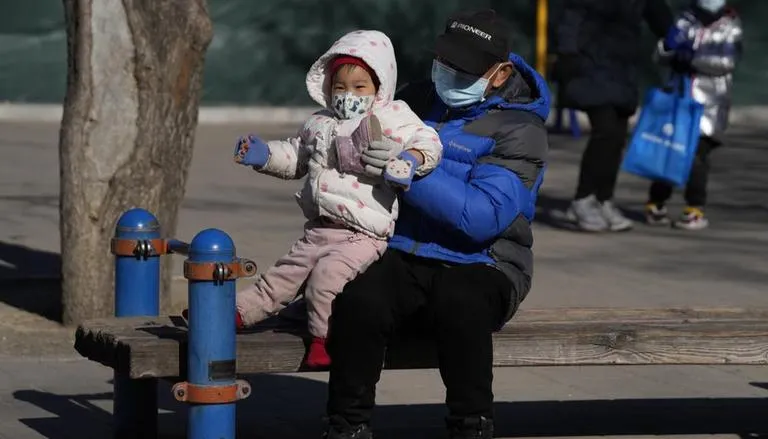For the first time in six decades, China has experienced a drop in its population with the national birth rate plunging to 6.77 births per 1,000 women, according to BBC. The country’s birth rate being on a downward trajectory has prompted a string of policies put in place by the Chinese government to slow the trend.
In 2022, the population of China decreased by 850,000 from 2021. The birth rate also experienced a steep decline from 7.52 in 2021, as per the figures released by China’s National Bureau of Statistics on Tuesday. “China’s population declined the first time since 1961,” said Zhang Zhiwei, chief economist at Pinpoint Asset Management.
“The population will likely trend down from here in the coming years. This is very important, with implications for potential growth and domestic demand,” Zhiwei said, according to South China Morning Post. The country has now reached an “era of negative population growth,” years after it dismantled its one-child policy. Furthermore, the number of deaths surpassed the number of births in 2022 for the first time.
China faces challenges over dwindling workforce
The once-a-decade census conducted in 2021 revealed that China was moving at a snail’s place in terms of its population. Furthermore, previous government data had already somewhat predicted a demographic crisis that would shrink the country’s working population, ensuing skyrocketing healthcare and other social costs.
So far, China has been relying mostly on its working population as a key driving force for a rising economy. However, going forward, economists and demographers believe that the country will have to deal with a dwindling workforce and a challenging pension system.
“China cannot rely on the demographic dividend as a structural driver for economic growth. Going forward, demographics will be a headwind. Economic growth will have to depend more on productivity growth, which is driven by government policies,” Zhiwei said. Meanwhile, other Asian nations such as Japan and South Korea have witnessed a slow trajectory in their older population and decreasing birth rates.

